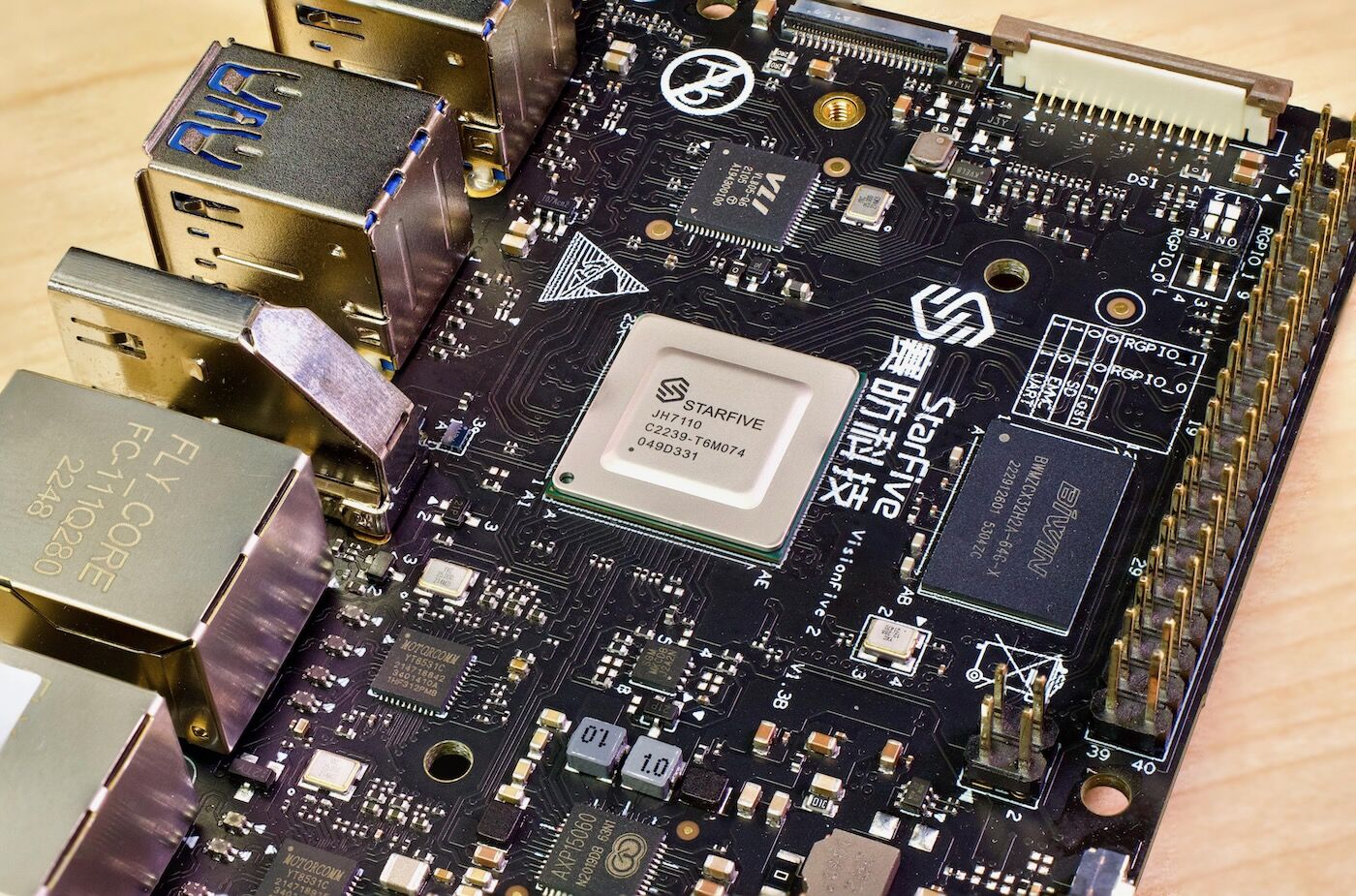Jim Keller on How Risc-V Will Change the World
Jim Keller is an American microprocessor engineer who is best known for his work at AMD and Apple. He is credited with designing some of the most important microprocessors in recent history, including the Athlon K7, AMD K8, AMD K12, the revolutionary AMD Zen architecture, the Apple A4, and Apple A5 used in best-in-class mobile devices at the time. He is also the co-author of the x86-64 instruction set and the HyperTransport interconnect. Currently, he is working as the president at TensTorrent, a company focused on bringing innovative hardware solutions for AI workloads - which most of it based on RISC-V architecture.
He was recently interviewed by EE Times and he gave many insightful comments that I decided to break down the key quotes into smaller video chunks for convenience. If you can afford to watch the whole interview, it’s even better, but if you want the TLDR, this article will probably cover most of it.
The Importance of FOSS for Hardware Support
Jim Keller mentions one story where they used to work on Windows NT in the past for a specific piece of hardware - and they found a bug and reported it to Microsoft, who failed to actually fix it even one year later when a patch was released. Then, when it came to Linux, such kind of issues were fixed in days - and benefited every one, very fast.
He then goes on to explain that the software ecosystem for RISC-V, built on FOSS, is moving very, very fast, with full Linux distributions rising up in a matter of months where he would have expected it would take years before.
Where RISC-V will show up Next
There are many speculations about when RISC-V will shine, and for what kind of applications. Jim Keller thinks that the first use case may come for SuperComputers first, because RISC-V provides the most flexible architecture to meet such needs:
But that’s not all. He expects that RISC-V will have a very strong position in the server space within 5 years from now - potentially displacing x86 and ARM.
Why Staying Ahead is Hard
He makes a compelling case that leader companies have trouble staying ahead in the long term, because one they find success, they try to continue and search on building on that success instead of staying adventurous and hungry for newness.
Another extract on the same theme:
About AI
Jim Keller is now very keen on AI workloads since it’s the main scope of the business offered by TensTorrent, and he has a couple of thoughts to share about where things are going. First, the progress of AI and its very fast pace can be attributed to the openness of the ongoing research across the different players (except OpenAI, ironically).
He also thinks that we keep shifting goalposts to define “what is intelligence” every time computers and models surprise us in new ways, while the right observation would be actually realize that the human intelligence may be nothing special at all:
He also expresses concerns about the will of regulation around AI - AI models are bound to be everywhere a few years from now, and regulating them would mean putting limitations and spyware across all our devices, which would be against all principles of an open society:
What to Make of it
Of course, it’s unlikely that every of his claims turns out to be true 5 or 10 years from now. But he has a solid track record of building solutions that work and that increase the potential or market share of the companies he works with.
And in the end, it’s a matter of credibility and stature. If the RISC-V scene has someone with his caliber as a key actor, it’s much more likely that companies that may have been on the fence about using or investing in RISC-V can be convinced to join the trend.
Boiling Steam and RISC-V
I am actually enjoying a first RISC-V piece of hardware presently with the VisionFive 2 from the Chinese company StarFive. It’s a single board computer similar to what you find in the ARM world with Raspberry Pi and clones, except that it’s entirely running on a RISC-V SOC.

Expect a full-featured first impressions article sometimes soon. However, I can already tell you that while I am optimistic about the prospects of RISC-V, the software support on this kind of hardware is still very much in the early days. There are many limitations, and the current Debian distribution is made from extra patches that are not currently in the mainline. Raspberry Pi-level of convenience for end users of such boards is probably a year away or so, unless things go much faster than I expect.
Still, an extremely encouraging piece of hardware sold at a very affordable price (about 100$) with a great set of ports for I/O and peripherals.
Gaming on RISC-V
This will, in time, deserve a full article, but PtitSeb, the author of Box86 and Box64, has already made games like Stardew Valley work on the VisionFive2.
There are many limitations that will prevent a lot more games to run at this stage, but this is something that was possible within weeks of the availability of the SOC. Very, very impressive pace of progress.
Stay tuned for more!
